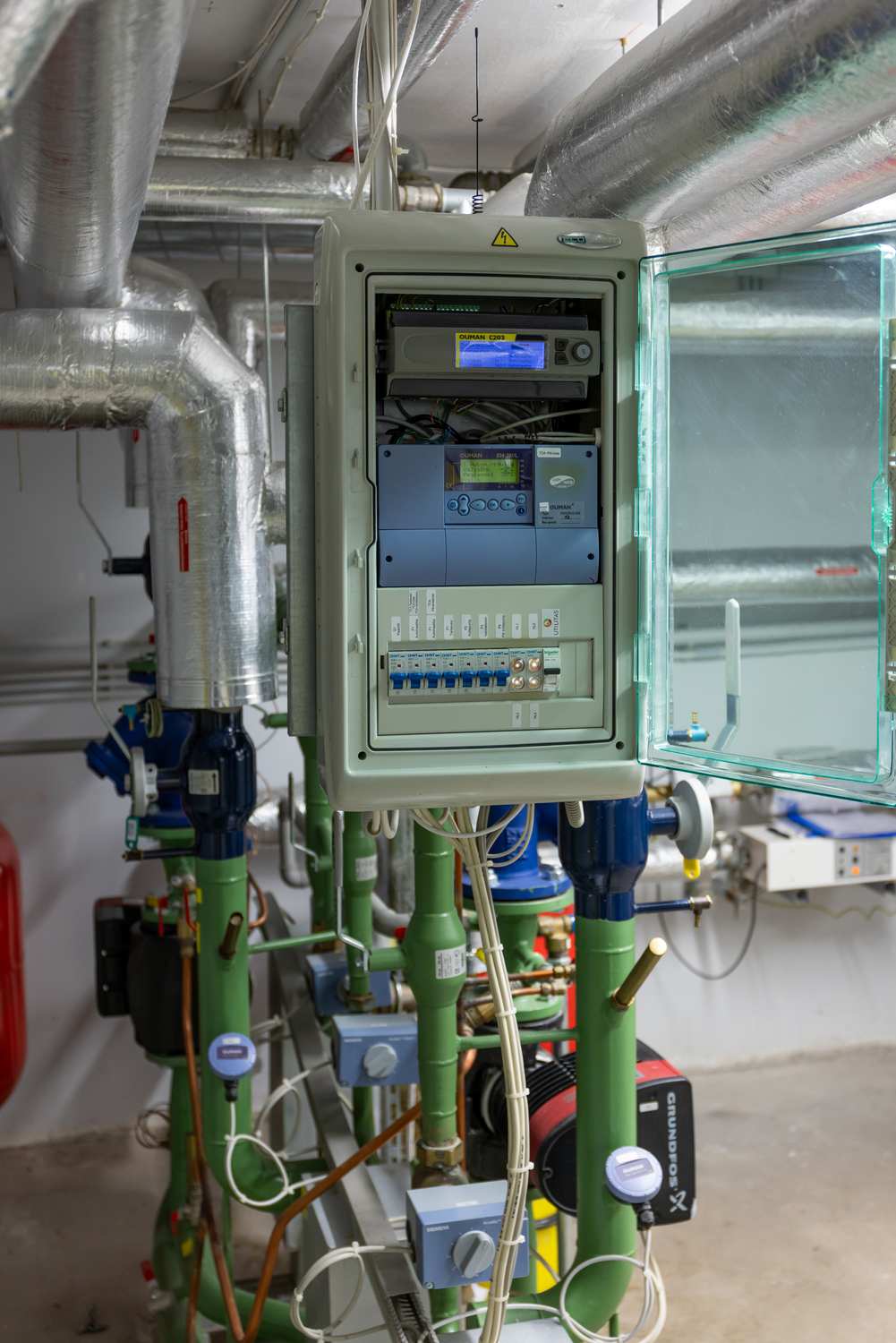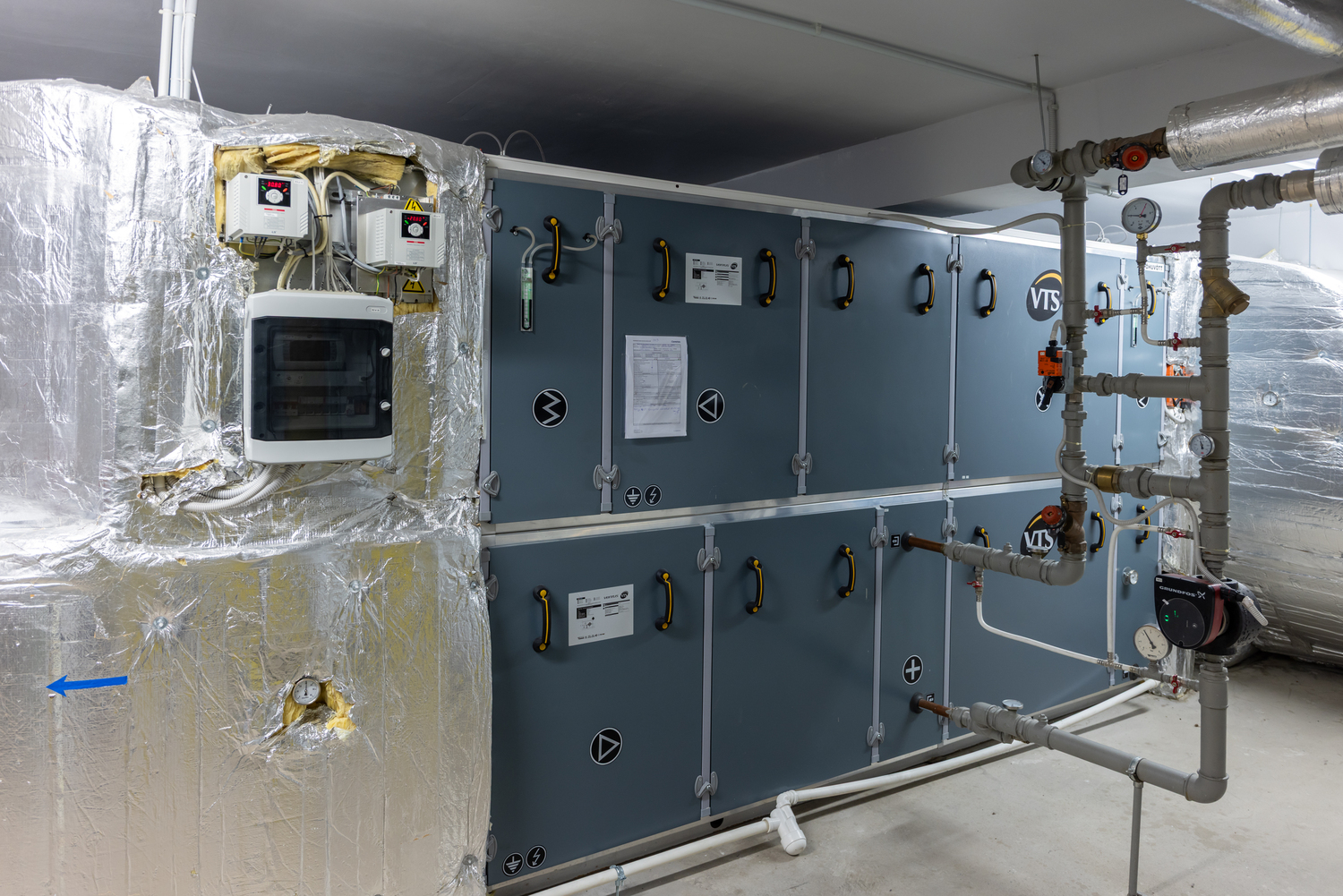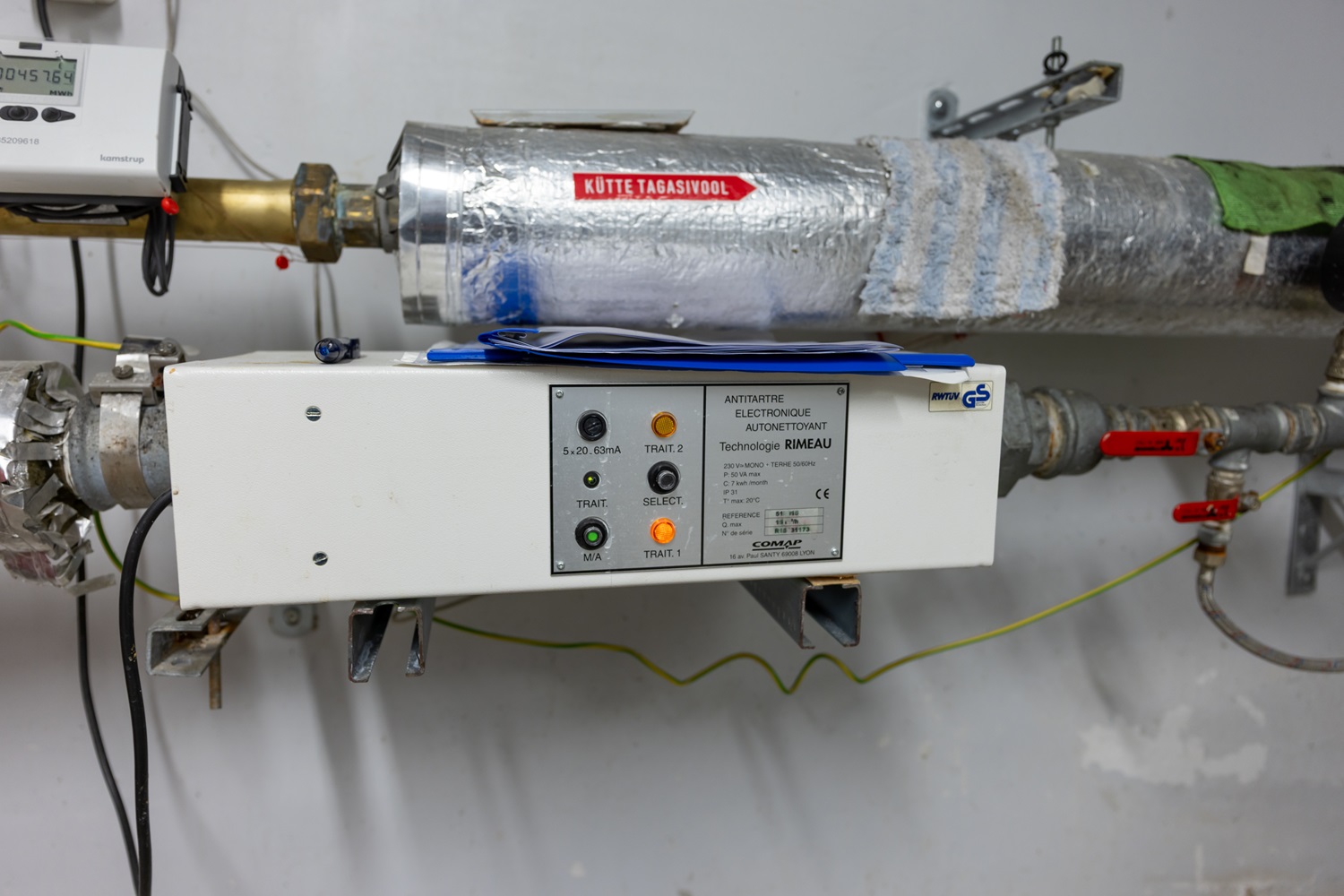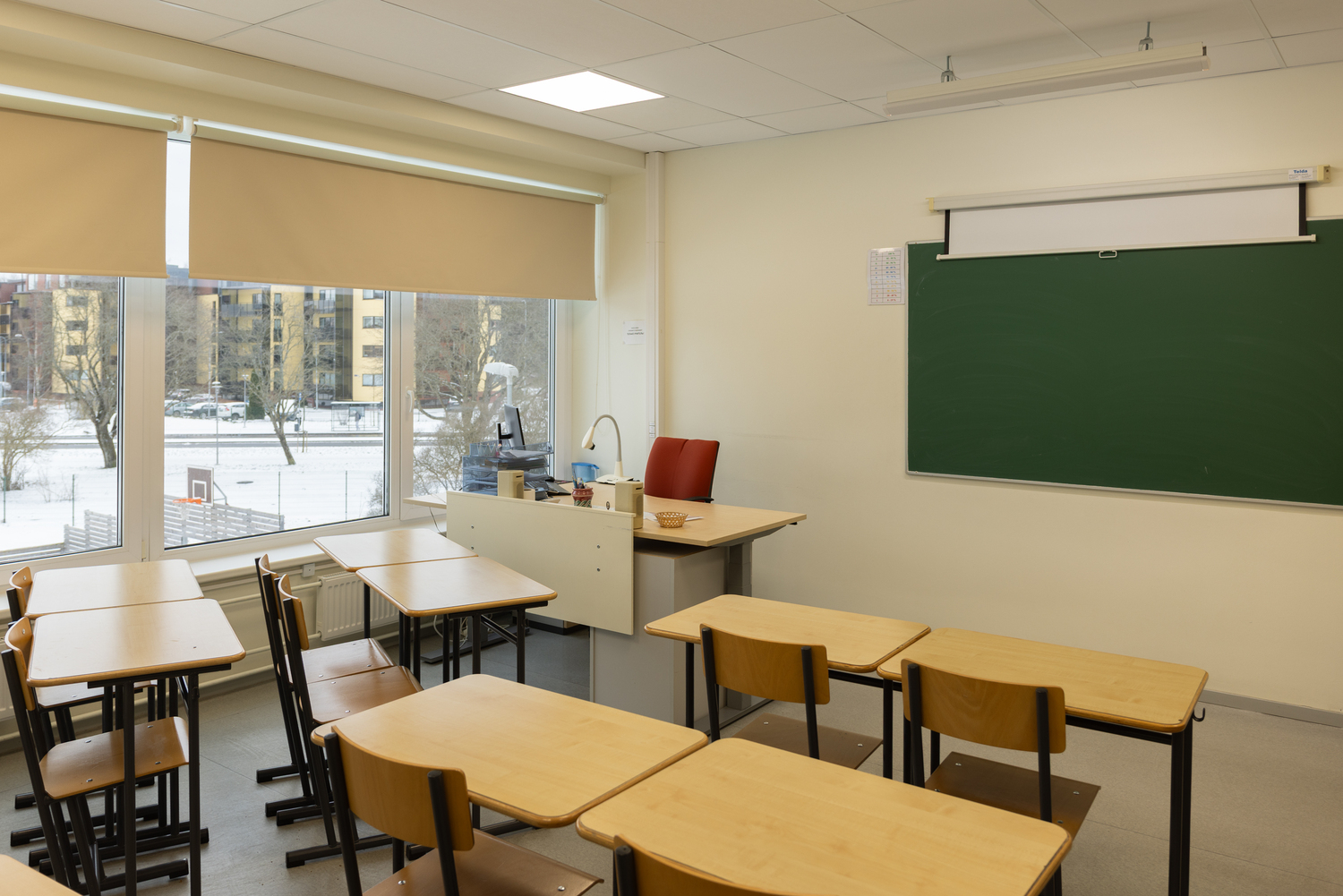In recent years, several changes have been set forth by the EU regarding the lighting and building management system (BMS) requirements for both office and public buildings, including schools. Although the new requirements are meant to make such spaces more environmentally friendly and enhance the wellbeing of occupants, this transition has posed a considerable challenge for many organizations.
Located in Tallinn, Ehte Humanitarian Gymnasium was chosen as a pilot project by the local Department of Education to tackle the challenge head on and meet the new requirements for lighting and BMS controls.
Time for a change
As mentioned, both office and public buildings have been required to swap their old and out-of-date lighting and building management systems for modern, more sustainable and human-focused alternatives. Although fluorescent lamps have been banned for a while now, more than 80% of such buildings are still using them. Additionally, the general lighting standard was changed from 300 lux to 500, with the exception of educational organizations, who must have the possibility of using either level depending on the age of students and activities planned.

While the aforementioned requirements have already come into effect, the one promising the biggest difference will be enforced from January 1st, 2025. The new standard will require all buildings in the EU that consume over 290kw to be equipped with a building management system. This will be no easy feat, considering that currently 90% of both commercial and public buildings are not compliant with said regulation.
To get the ball rolling and help educational organizations in Estonia meet the new requirements, Bisly worked with Tallinn’s Department of Education to bring a new and innovative lighting system to Ehte Humanitarian Gymnasium.
Up for a challenge
Bisly knew the significance of the project—not only was the pilot project going to give an idea to various educational organizations about the difficulty level of such expansive changes, but the end result would directly affect over 900 and indirectly more than 3000 people.

The initial pilot project consisted of a few classrooms that were upgraded with electricity meters and supersensors. During the same time, a classroom that got a full upgrade proved to be a true success as the result indicated unprecedented opportunities for energy savings and improvements in air quality. The new regulations by the EU along with increasing energy prices had made it clear that there was a definite need for a more clear and transparent overview of real-time energy consumption and this is exactly what Bisly’s new solution delivered.
Providing a solution
Thanks to Bisly’s innovative approach and product, all required compliances were achieved with the deployment of their technology. On top of that, direct energy savings started to quickly contribute to a speedy return on investment. The school also benefited from being able to manage and monitor everything remotely which brought about further indirect savings and convenience.
For Ehte Humanitarian Gymnasium, Bisly Cloud Platform and Building Server with its BMS solution for smart lights and HVAC control were implemented. To achieve the desired results, most of Bisly hardware was deployed with their supersensors being the key contributors for meeting both smart lighting automation and overall HVAC automation needs. Existing ventilation plants and central heating plants were integrated, using already supported integrations available on the platform.
Bisly’s lighting system also allowed Ehte Humanitarian Gymnasium to meet the requirement of providing lighting levels at both 300 and 500 lux. Thanks to the innovative company’s supersensors and UM6, UMD controllers, teachers can now easily dim or brighten the lights depending on current needs.
Why was Bisly chosen?
What made Bisly stand apart from other providers, was the fact that they took a standardized approach to all the new requirements, finding the most optimal solution for every individual problem. The company’s focus was on providing a solution that would have quick return on investment whilst fulfilling the need for mass deployment while the buildings were in use.


Once the project concluded, all new requirements that had been set for lighting along with the new requirements for energy consumption coming into effect at the beginning of 2025, were met. Additionally, full remote control of the building with important data collection from ESG point of view was enabled, allowing for further improvements and compliance in the future.

